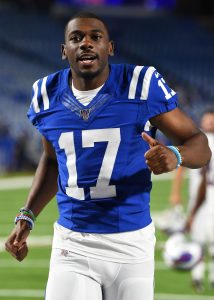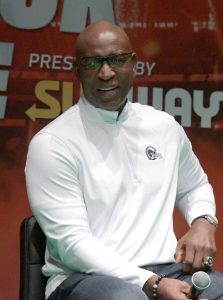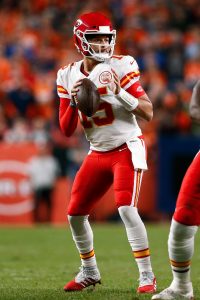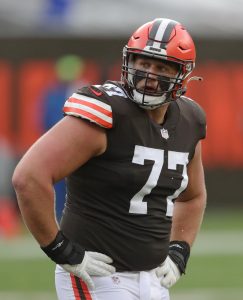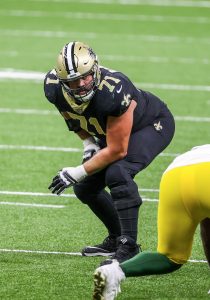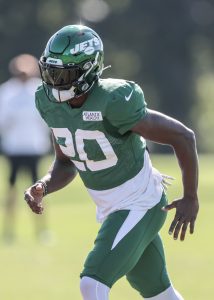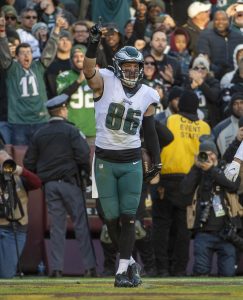A year ago, there was hope that Nick Foles could guide the Bears to the postseason. Now, the veteran quarterback finds himself on the outside looking in with the franchise.
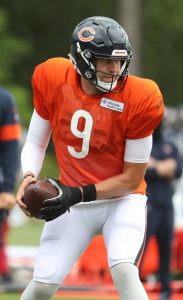 Chicago has completely revamped their quarterbacks room this offseason. The team first signed veteran Andy Dalton to take over the starting gig, and they surprised many pundits when they traded up to select Justin Fields with the No. 11 overall pick in this year’s draft. As a result of the quarterback refresh, Foles will find himself as the third quarterback heading into 2021. Matt Nagy indicated as much the other day, referring to Fields as “the guy” if Dalton ends up getting sidelined with an injury, and the coach seemed pretty steadfast on the team’s current pecking order.
Chicago has completely revamped their quarterbacks room this offseason. The team first signed veteran Andy Dalton to take over the starting gig, and they surprised many pundits when they traded up to select Justin Fields with the No. 11 overall pick in this year’s draft. As a result of the quarterback refresh, Foles will find himself as the third quarterback heading into 2021. Matt Nagy indicated as much the other day, referring to Fields as “the guy” if Dalton ends up getting sidelined with an injury, and the coach seemed pretty steadfast on the team’s current pecking order.
“There will be a process and a plan,” Nagy said (via Patrick Finley of the Chicago Tribune). “We will stick to that. That plan is not going to change tomorrow. The plan is not going to change in training camp. The plan is a plan — and it’s been thought out.
“All three of those guys know that you need to produce, you need to play well, you need to compete, you need to be the best quarterback you can be. And then it’s going to be really pretty easy for us to see who that is and how that goes.”
Normally, a team would probably let the veteran third-stringer go so he could find his next gig before training camp. However, it’d end up costing the Bears more to cut Foles than keep him. The 32-year-old is still owed $4MM in guaranteed money, and they’d be left with a hefty $6.6MM dead cap charge if they release him. In other words, cutting Foles would just exasperate the Bears salary cup crunch, meaning the only way Foles isn’t on the roster to start 2021 is if he’s traded.
Of course, it takes two to tango, and the Bears front office would need to find a taker for Foles. The former Super Bowl MVP didn’t impress during his first season in Chicago; he guided the Bears to a 2-5 record in his seven starts, completing 64.7-percent of his passes for 1,852 yards, 10 touchdowns, and eight interceptions. Teams probably aren’t lining up for Foles services at the moment, but that could easily change. QBs will surely suffer injuries during training camp and the preseason, and those teams could easily turn to the Bears if they need an experienced arm.
Further, teams will also get clarity on their quarterback depth throughout August. For instance, several pundits have recently suggested that the Jets would be a logical suitor for Foles as a backup to Zach Wilson. The team will surely want to get a thorough look at their current backup options (including 2020 fourth-round pick James Morgan and former UDFA Mike White) before they start exploring the trade market, but they could be at least one suitor who’s uninspired by their current choices.
While Foles disappointed in 2020, he’s not far removed from that iconic 2017 (and, to a lesser extent, 2018) run, and teams would surely take him on as their number-two QB. However, if one of these teams does want to acquire the veteran, they’ll likely have to do so via trade.
